-
EXECUTIVE SUMMARY
-
MARKET INTRODUCTION
-
Definition
-
Scope of the Study
- Research Objective
- Assumptions
- Limitations
-
RESEARCH METHODOLOGY
-
Overview
-
Data Mining
-
Secondary Research
-
Primary Research
- Primary Interviews and Information Gathering Process
- Breakdown of Primary Respondents
-
Forecasting Modality
-
Market Size Estimation
- Bottom-Up Approach
- Top-Down Approach
-
Data Triangulation
-
Validation
-
MARKET DYNAMICS
-
Overview
-
Drivers
-
Restraints
-
Opportunities
-
MARKET FACTOR ANALYSIS
-
Value Chain Analysis
-
Porter’s Five Forces Analysis
- Bargaining Power of Suppliers
- Bargaining Power of Buyers
- Threat of New Entrants
- Threat of Substitutes
- Intensity of Rivalry
-
COVID-19 Impact Analysis
- Market Impact Analysis
- Regional Impact
- Opportunity and Threat Analysis
-
GLOBAL INDUSTRIAL SEALS MARKET, BY TYPE
-
Overview
-
Axial Seals
-
Radial Seals
-
Mechanical Seals
-
GLOBAL INDUSTRIAL SEALS MARKET, BY END-USE
-
Overview
-
Mining
-
Food & Beverage
-
Oil & Gas
-
Energy and Power
-
Aerospace
-
Marine
-
Construction
-
Others (Chemicals and Others)
-
GLOBAL INDUSTRIAL SEALS MARKET, BY REGION
-
Overview
-
North America
- U.S.
- Canada
-
Europe
- Germany
- France
- U.K
- Italy
- Spain
- Rest of Europe
-
Asia-Pacific
- China
- India
- Japan
- South Korea
- Australia
- Rest of Asia-Pacific
-
Rest of the World
- Middle East
- Africa
- Latin America
-
COMPETITIVE LANDSCAPE
-
Overview
-
Competitive Analysis
-
Market Share Analysis
-
Major Growth Strategy in the Global Industrial seals Market,
-
Competitive Benchmarking
-
Leading Players in Terms of Number of Developments in the Global Industrial seals Market,
-
Key developments and Growth Strategies
- New TYPE Launch/End-Use Deployment
- Merger & Acquisitions
- Joint Ventures
-
Major Players Financial Matrix
- Sales & Operating Income, 2022
- Major Players R&D Expenditure. 2022
-
COMPANY PROFILES
-
SKF (AB SKF) (Sweden)
- Company Overview
- Financial Overview
- Type Offered
- Key Developments
- SWOT Analysis
- Key Strategies
-
Flowserve Corporation (U.S.)
- Company Overview
- Financial Overview
- Type Offered
- Key Developments
- SWOT Analysis
- Key Strategies
-
John Crane (Smiths Group plc) (U.S.)
- Company Overview
- Financial Overview
- Type Offered
- Key Developments
- SWOT Analysis
- Key Strategies
-
Trelleborg AB (Sweden)
- Company Overview
- Financial Overview
- Type Offered
- Key Developments
- SWOT Analysis
- Key Strategies
-
EnPro Industries, Inc. (Garlock GmbH) (U.S.)
- Company Overview
- Financial Overview
- Type Offered
- Key Developments
- SWOT Analysis
- Key Strategies
-
Dover Corporation (Waukesha Bearings) (U.S.)
- Company Overview
- Financial Overview
- Type Offered
- Key Developments
- SWOT Analysis
- Key Strategies
-
SHV (ERIKS Group) (Netherlands)
- Company Overview
- Financial Overview
- Type Offered
- Key Developments
- SWOT Analysis
- Key Strategies
-
Freudenberg SE (Germany)
- Company Overview
- Financial Overview
- Type Offered
- Key Developments
- SWOT Analysis
- Key Strategies
-
Tenneco Inc. (Federal-Mogul LLC) (U.S.)
- Company Overview
- Financial Overview
- Type Offered
- Key Developments
- SWOT Analysis
- Key Strategies
-
Fenner Group Holdings Limited (Hallite Seals) (U.K.)
- Company Overview
- Financial Overview
- Type Offered
- Key Developments
- SWOT Analysis
- Key Strategies
-
APPENDIX
-
References
-
Related Reports
-
-
LIST OF TABLES
-
GLOBAL INDUSTRIAL SEALS MARKET, SYNOPSIS, 2018-2032
-
GLOBAL INDUSTRIAL SEALS MARKET, ESTIMATES & FORECAST, 2018-2032 (USD BILLION)
-
GLOBAL INDUSTRIAL SEALS MARKET, BY TYPE, 2018-2032 (USD BILLION)
-
GLOBAL INDUSTRIAL SEALS MARKET, BY END-USE, 2018-2032 (USD BILLION)
-
NORTH AMERICA INDUSTRIAL SEALS MARKET, BY TYPE, 2018-2032 (USD BILLION)
-
NORTH AMERICA INDUSTRIAL SEALS MARKET, BY END-USE, 2018-2032 (USD BILLION)
-
NORTH AMERICA INDUSTRIAL SEALS MARKET, BY COUNTRY, 2018-2032 (USD BILLION)
-
U.S. INDUSTRIAL SEALS MARKET, BY TYPE, 2018-2032 (USD BILLION)
-
U.S. INDUSTRIAL SEALS MARKET, BY END-USE, 2018-2032 (USD BILLION)
-
CANADA INDUSTRIAL SEALS MARKET, BY TYPE, 2018-2032 (USD BILLION)
-
CANADA INDUSTRIAL SEALS MARKET, BY END-USE, 2018-2032 (USD BILLION)
-
EUROPE INDUSTRIAL SEALS MARKET, BY TYPE, 2018-2032 (USD BILLION)
-
EUROPE INDUSTRIAL SEALS MARKET, BY END-USE, 2018-2032 (USD BILLION)
-
EUROPE INDUSTRIAL SEALS MARKET, BY COUNTRY, 2018-2032 (USD BILLION)
-
GERMANY INDUSTRIAL SEALS MARKET, BY TYPE, 2018-2032 (USD BILLION)
-
GERMANY INDUSTRIAL SEALS MARKET, BY END-USE, 2018-2032 (USD BILLION)
-
FRANCE INDUSTRIAL SEALS MARKET, BY TYPE, 2018-2032 (USD BILLION)
-
FRANCE INDUSTRIAL SEALS MARKET, BY END-USE, 2018-2032 (USD BILLION)
-
ITALY INDUSTRIAL SEALS MARKET, BY TYPE, 2018-2032 (USD BILLION)
-
ITALY INDUSTRIAL SEALS MARKET, BY END-USE, 2018-2032 (USD BILLION)
-
SPAIN INDUSTRIAL SEALS MARKET, BY TYPE, 2018-2032 (USD BILLION)
-
SPAIN INDUSTRIAL SEALS MARKET, BY END-USE, 2018-2032 (USD BILLION)
-
U.K INDUSTRIAL SEALS MARKET, BY TYPE, 2018-2032 (USD BILLION)
-
U.K INDUSTRIAL SEALS MARKET, BY END-USE, 2018-2032 (USD BILLION)
-
REST OF EUROPE INDUSTRIAL SEALS MARKET, BY TYPE, 2018-2032 (USD BILLION)
-
REST OF EUROPE INDUSTRIAL SEALS MARKET, BY END-USE, 2018-2032 (USD BILLION)
-
ASIA PACIFIC INDUSTRIAL SEALS MARKET, BY TYPE, 2018-2032 (USD BILLION)
-
ASIA PACIFIC INDUSTRIAL SEALS MARKET, BY END-USE, 2018-2032 (USD BILLION)
-
ASIA PACIFIC INDUSTRIAL SEALS MARKET, BY COUNTRY, 2018-2032 (USD BILLION)
-
JAPAN INDUSTRIAL SEALS MARKET, BY TYPE, 2018-2032 (USD BILLION)
-
JAPAN INDUSTRIAL SEALS MARKET, BY END-USE, 2018-2032 (USD BILLION)
-
CHINA INDUSTRIAL SEALS MARKET, BY TYPE, 2018-2032 (USD BILLION)
-
CHINA INDUSTRIAL SEALS MARKET, BY END-USE, 2018-2032 (USD BILLION)
-
INDIA INDUSTRIAL SEALS MARKET, BY TYPE, 2018-2032 (USD BILLION)
-
INDIA INDUSTRIAL SEALS MARKET, BY END-USE, 2018-2032 (USD BILLION)
-
AUSTRALIA INDUSTRIAL SEALS MARKET, BY TYPE, 2018-2032 (USD BILLION)
-
AUSTRALIA INDUSTRIAL SEALS MARKET, BY END-USE, 2018-2032 (USD BILLION)
-
SOUTH KOREA INDUSTRIAL SEALS MARKET, BY TYPE, 2018-2032 (USD BILLION)
-
SOUTH KOREA INDUSTRIAL SEALS MARKET, BY END-USE, 2018-2032 (USD BILLION)
-
REST OF ASIA-PACIFIC INDUSTRIAL SEALS MARKET, BY TYPE, 2018-2032 (USD BILLION)
-
REST OF ASIA-PACIFIC INDUSTRIAL SEALS MARKET, BY END-USE, 2018-2032 (USD BILLION)
-
REST OF WORLD INDUSTRIAL SEALS MARKET, BY TYPE, 2018-2032 (USD BILLION)
-
REST OF WORLD INDUSTRIAL SEALS MARKET, BY END-USE, 2018-2032 (USD BILLION)
-
REST OF WORLD INDUSTRIAL SEALS MARKET, BY COUNTRY, 2018-2032 (USD BILLION)
-
MIDDLE EAST INDUSTRIAL SEALS MARKET, BY TYPE, 2018-2032 (USD BILLION)
-
MIDDLE EAST INDUSTRIAL SEALS MARKET, BY END-USE, 2018-2032 (USD BILLION)
-
AFRICA INDUSTRIAL SEALS MARKET, BY TYPE, 2018-2032 (USD BILLION)
-
AFRICA INDUSTRIAL SEALS MARKET, BY END-USE, 2018-2032 (USD BILLION)
-
LATIN AMERICA INDUSTRIAL SEALS MARKET, BY TYPE, 2018-2032 (USD BILLION)
-
LATIN AMERICA INDUSTRIAL SEALS MARKET, BY END-USE, 2018-2032 (USD BILLION)
-
-
LIST OF FIGURES
-
RESEARCH PROCESS
-
MARKET STRUCTURE FOR THE GLOBAL INDUSTRIAL SEALS MARKET
-
MARKET DYNAMICS FOR THE GLOBAL INDUSTRIAL SEALS MARKET
-
GLOBAL INDUSTRIAL SEALS MARKET, SHARE (%), BY TYPE, 2022
-
GLOBAL INDUSTRIAL SEALS MARKET, SHARE (%), BY END-USE, 2022
-
GLOBAL INDUSTRIAL SEALS MARKET, SHARE (%), BY REGION, 2022
-
NORTH AMERICA: INDUSTRIAL SEALS MARKET, SHARE (%), BY REGION, 2022
-
EUROPE: INDUSTRIAL SEALS MARKET, SHARE (%), BY REGION, 2022
-
ASIA-PACIFIC: INDUSTRIAL SEALS MARKET, SHARE (%), BY REGION, 2022
-
REST OF THE WORLD: INDUSTRIAL SEALS MARKET, SHARE (%), BY REGION, 2022
-
GLOBAL INDUSTRIAL SEALS MARKET: COMPANY SHARE ANALYSIS, 2022 (%)
-
SKF (AB SKF) (SWEDEN): FINANCIAL OVERVIEW SNAPSHOT
-
SKF (AB SKF) (SWEDEN): SWOT ANALYSIS
-
FLOWSERVE CORPORATION (U.S.): FINANCIAL OVERVIEW SNAPSHOT
-
FLOWSERVE CORPORATION (U.S.): SWOT ANALYSIS
-
JOHN CRANE (SMITHS GROUP PLC) (U.S.): FINANCIAL OVERVIEW SNAPSHOT
-
JOHN CRANE (SMITHS GROUP PLC) (U.S.): SWOT ANALYSIS
-
TRELLEBORG AB (SWEDEN): FINANCIAL OVERVIEW SNAPSHOT
-
TRELLEBORG AB (SWEDEN): SWOT ANALYSIS
-
ENPRO INDUSTRIES, INC. (GARLOCK GMBH) (U.S.).: FINANCIAL OVERVIEW SNAPSHOT
-
ENPRO INDUSTRIES, INC. (GARLOCK GMBH) (U.S.).: SWOT ANALYSIS
-
DOVER CORPORATION (WAUKESHA BEARINGS) (U.S.): FINANCIAL OVERVIEW SNAPSHOT
-
DOVER CORPORATION (WAUKESHA BEARINGS) (U.S.): SWOT ANALYSIS
-
SHV (ERIKS GROUP) (NETHERLANDS): FINANCIAL OVERVIEW SNAPSHOT
-
SHV (ERIKS GROUP) (NETHERLANDS): SWOT ANALYSIS
-
FREUDENBERG SE (GERMANY): FINANCIAL OVERVIEW SNAPSHOT
-
FREUDENBERG SE (GERMANY): SWOT ANALYSIS
-
TENNECO INC. (FEDERAL-MOGUL LLC) (U.S.): FINANCIAL OVERVIEW SNAPSHOT
-
TENNECO INC. (FEDERAL-MOGUL LLC) (U.S.): SWOT ANALYSIS
-
FENNER GROUP HOLDINGS LIMITED (HALLITE SEALS) (U.K.): FINANCIAL OVERVIEW SNAPSHOT
-
FENNER GROUP HOLDINGS LIMITED (HALLITE SEALS) (U.K.): SWOT ANALYSIS
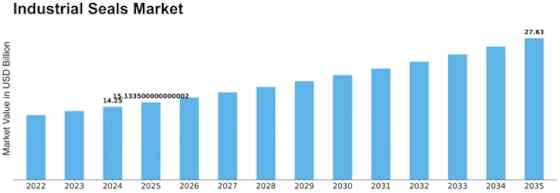

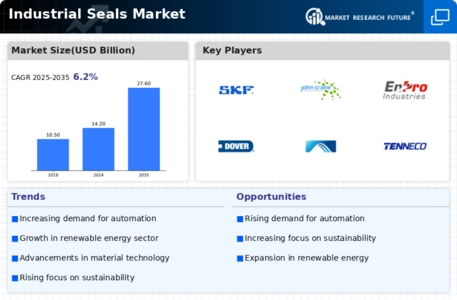
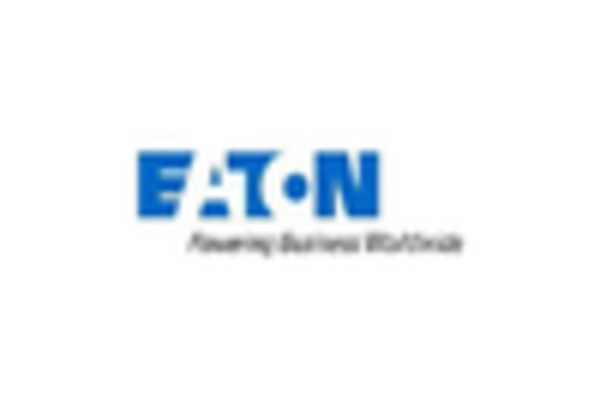

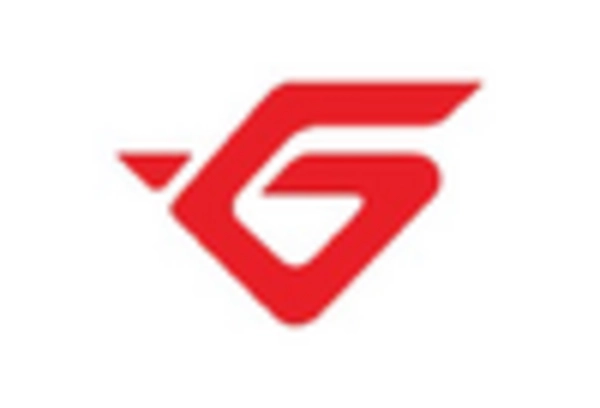
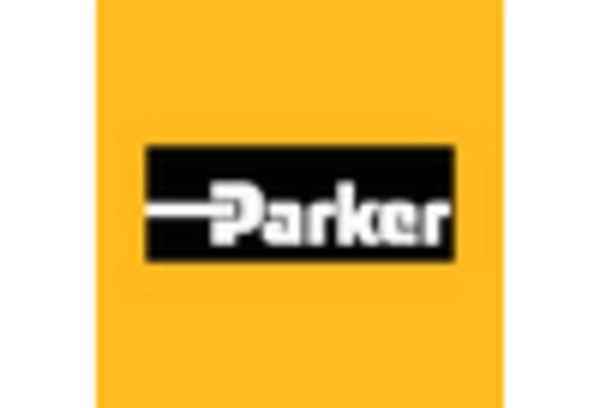
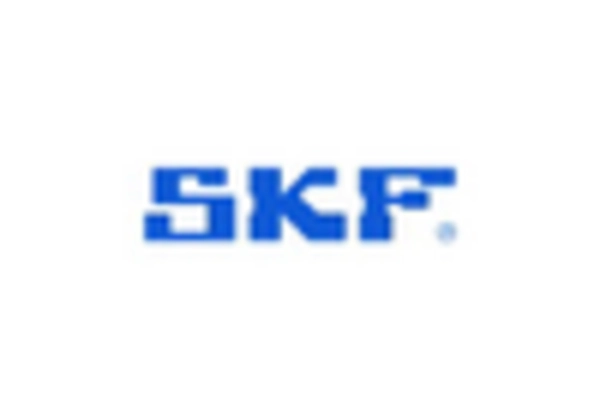
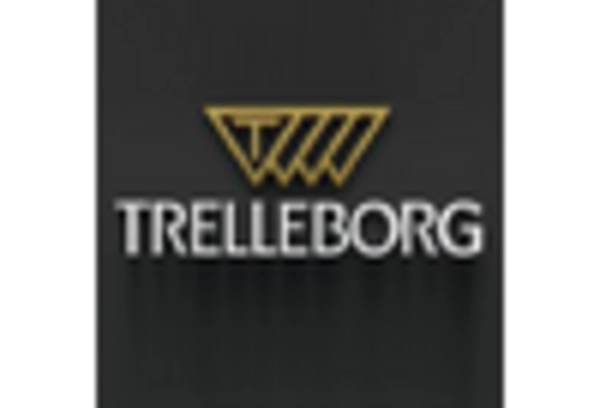

Leave a Comment